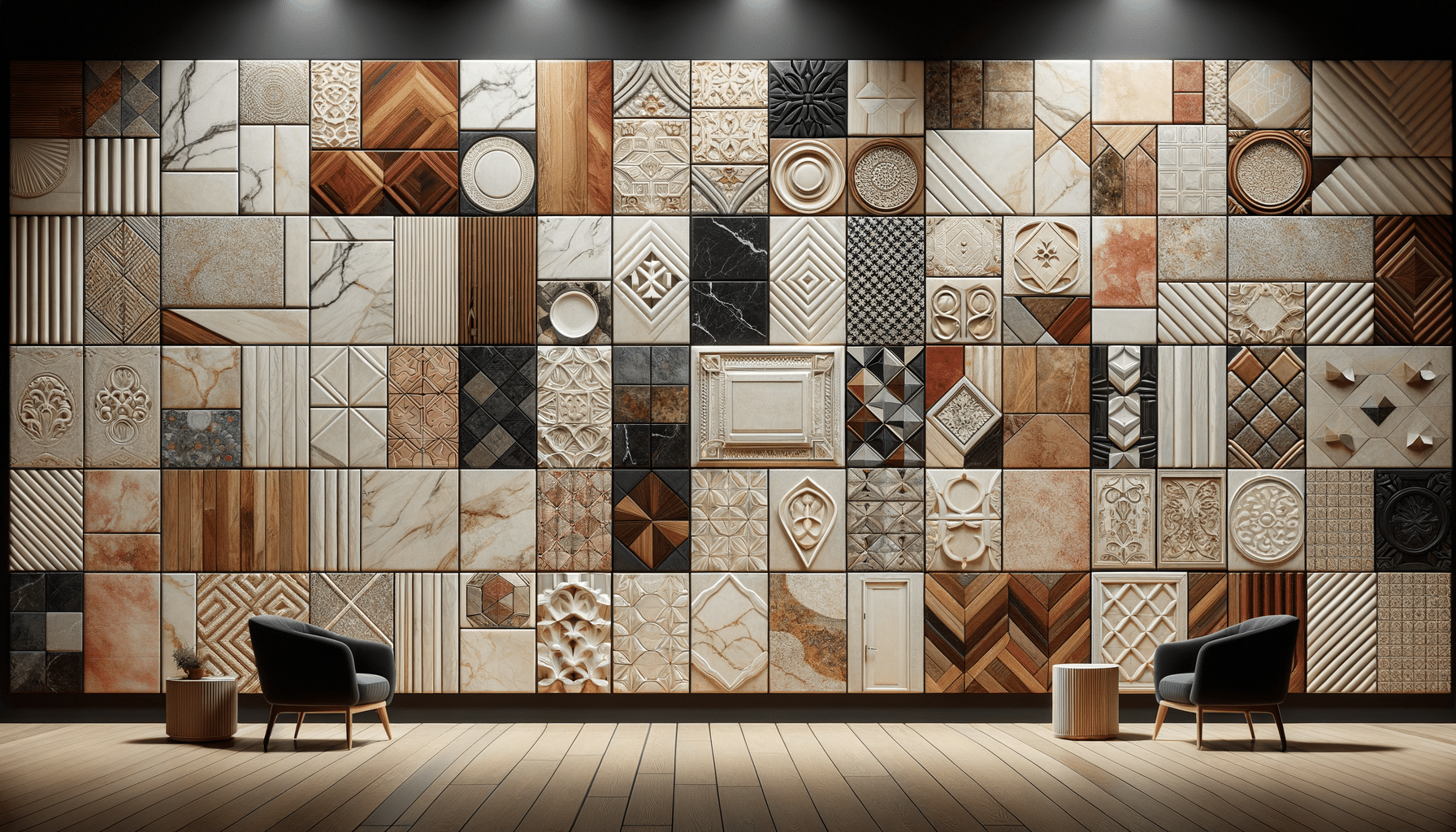
Decorate your wall panels
Introduction to Wall Panels
Wall panels have become an integral part of modern interior design, offering a versatile solution for enhancing the aesthetics and functionality of spaces. Whether you are looking to add texture, color, or insulation, wall panels provide a myriad of options to achieve your design goals. These panels are not only a practical choice but also a stylish one, allowing homeowners and designers to transform ordinary walls into extraordinary features.
The importance of wall panels lies in their ability to adapt to various styles and preferences. From traditional wooden panels that exude warmth and elegance to contemporary options that offer sleek and minimalistic designs, the variety available ensures that there is something for everyone. Additionally, wall panels can improve the acoustics of a room, making them a valuable addition to spaces where sound quality is crucial.
In this article, we will explore different aspects of wall panels, including their materials, installation processes, and design possibilities. By the end, you’ll have a comprehensive understanding of how wall panels can enhance your living or working environment.
Materials and Types of Wall Panels
Wall panels come in a diverse range of materials, each offering unique characteristics that cater to different design needs. Understanding these materials can help you make an informed decision when selecting wall panels for your space.
Some common materials used for wall panels include:
- Wood: Known for its natural beauty and durability, wooden panels are a popular choice for adding warmth and character to interiors. They are available in various finishes, such as oak, walnut, and cherry, allowing for customization.
- MDF (Medium-Density Fiberboard): An economical alternative to solid wood, MDF panels are smooth and easy to paint, making them ideal for modern and minimalist designs.
- Metal: Metal panels, often made from aluminum or steel, are favored for their sleek and industrial look. They are durable and can be used in both residential and commercial settings.
- Fabric: Fabric-covered panels are excellent for improving acoustics and adding a soft texture to a room. They are often used in theaters, recording studios, and conference rooms.
- Stone: Stone panels, such as marble or slate, provide a luxurious and timeless appeal. They are perfect for creating a statement wall or adding a touch of elegance to a space.
Each material offers distinct advantages, and the choice often depends on the desired aesthetic and functional requirements of the space.
Installation and Maintenance of Wall Panels
Installing wall panels can vary in complexity depending on the material and the existing condition of the wall. Generally, the process involves preparing the wall surface, measuring and cutting the panels to fit, and then securing them in place using adhesives, nails, or screws.
For a smooth installation process, consider the following tips:
- Surface Preparation: Ensure the wall surface is clean, dry, and free from any imperfections. This will help the panels adhere better and result in a smoother finish.
- Accurate Measurements: Measure the wall dimensions carefully to avoid wastage and ensure a perfect fit. It’s advisable to cut panels slightly larger and trim them down as needed.
- Professional Help: While DIY installation is possible, hiring a professional can ensure a flawless finish, especially for more complex materials like stone or metal.
Maintenance of wall panels is generally straightforward. Regular dusting and occasional wiping with a damp cloth will keep them looking fresh. For wooden panels, consider using a wood polish to maintain their luster. Fabric panels may require vacuuming or professional cleaning to remove dust and stains.
Design Possibilities with Wall Panels
The design possibilities with wall panels are nearly limitless, making them a favorite among interior designers and homeowners alike. They can be used to create focal points, add texture, or even divide spaces within a room.
Here are some creative ways to use wall panels in your interior design:
- Accent Walls: Use wall panels to create an accent wall that draws attention and adds depth to a room. This can be achieved with bold colors, unique textures, or intricate patterns.
- Ceiling Panels: Extend the use of wall panels to the ceiling to create a cohesive and dramatic look. Wooden beams or metal panels can add architectural interest to an otherwise plain ceiling.
- Room Dividers: Use panels as room dividers to create separate zones within an open-plan space. This is particularly useful in studio apartments or large living areas.
- Custom Patterns: Experiment with different panel arrangements to create custom patterns or designs. This can add a personal touch and make your space truly unique.
Wall panels offer a flexible solution for enhancing the visual appeal of a space while also providing practical benefits like improved acoustics and insulation.
Conclusion: Enhancing Spaces with Wall Panels
Wall panels are a versatile and stylish way to enhance the interiors of any space. With a wide range of materials and design possibilities, they offer both aesthetic and functional benefits. Whether you’re looking to add warmth with wooden panels, create a sleek look with metal, or improve acoustics with fabric, there’s a wall panel solution to meet your needs.
By understanding the different materials and installation processes, you can make informed decisions that align with your design goals. Wall panels are not just a decorative feature; they are an investment in the comfort and appeal of your living or working environment.
Incorporating wall panels into your design can transform ordinary walls into extraordinary focal points, adding value and character to your space. Embrace the possibilities and let your creativity shine through with the use of wall panels.


